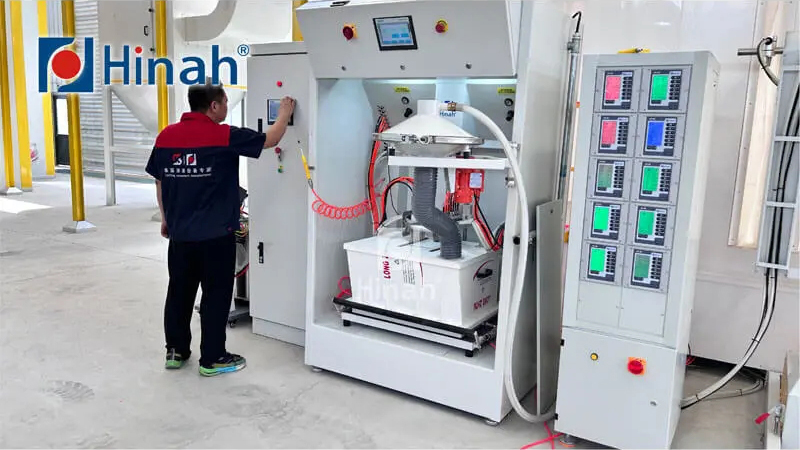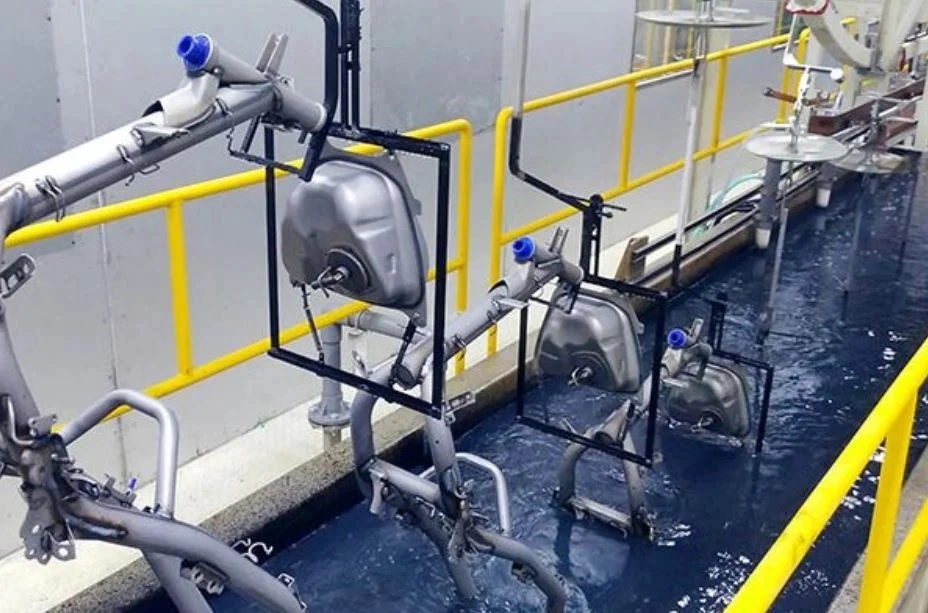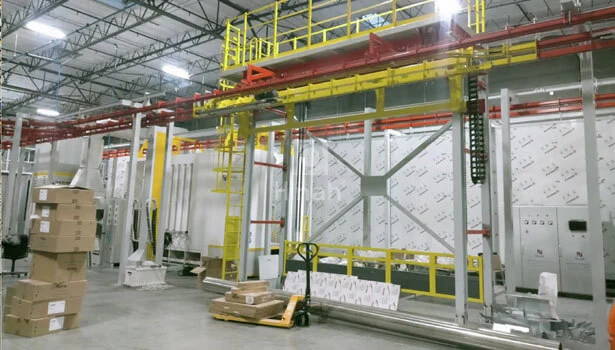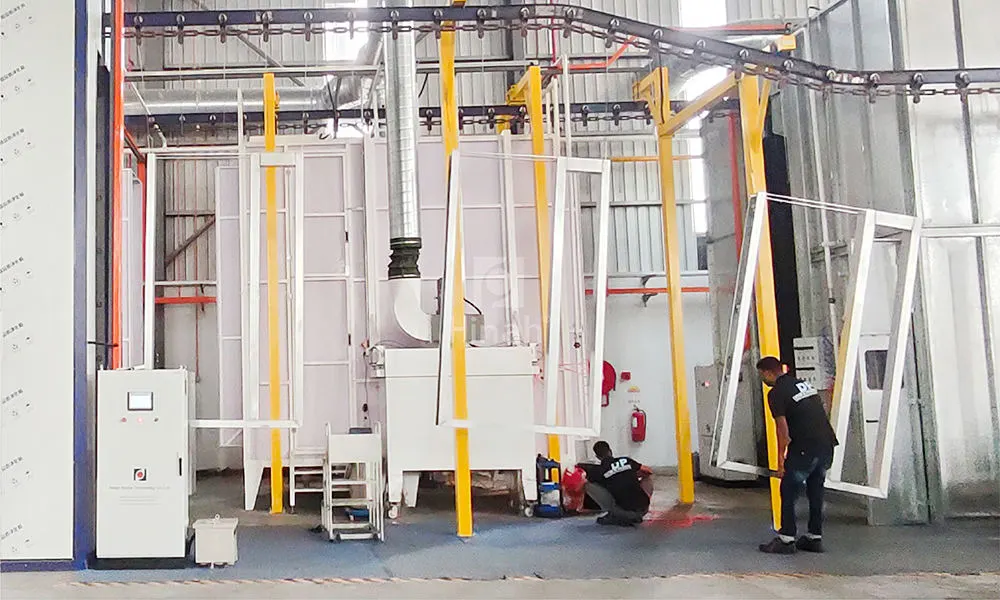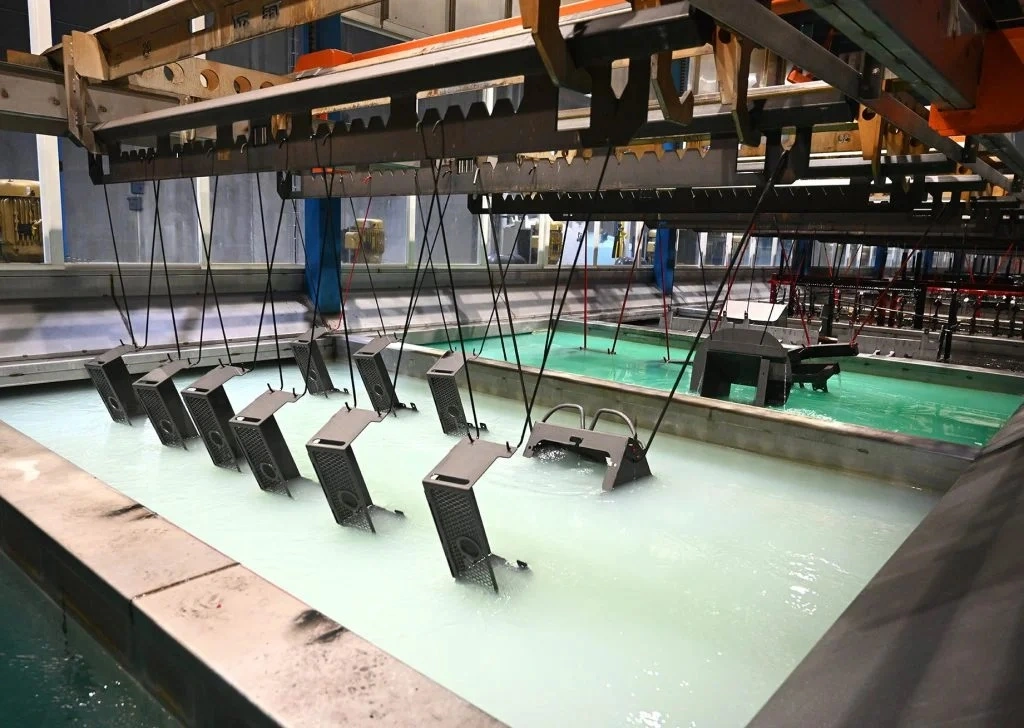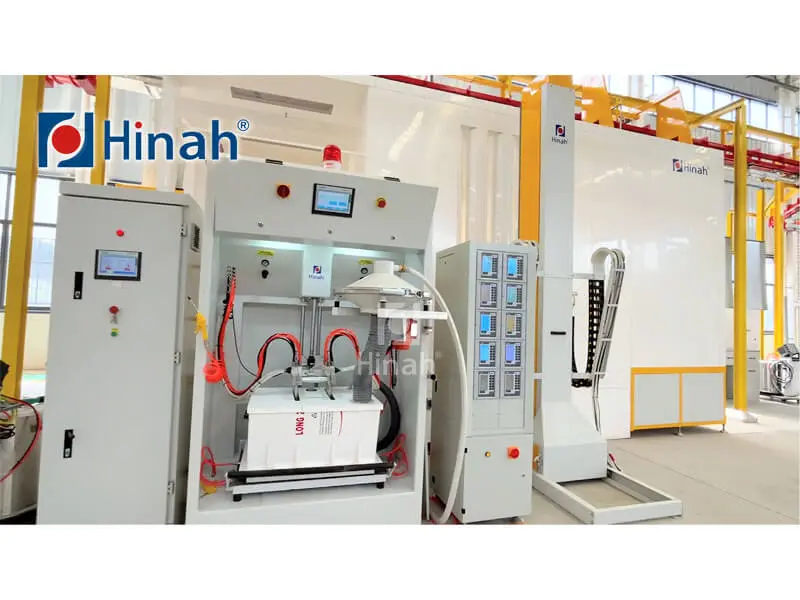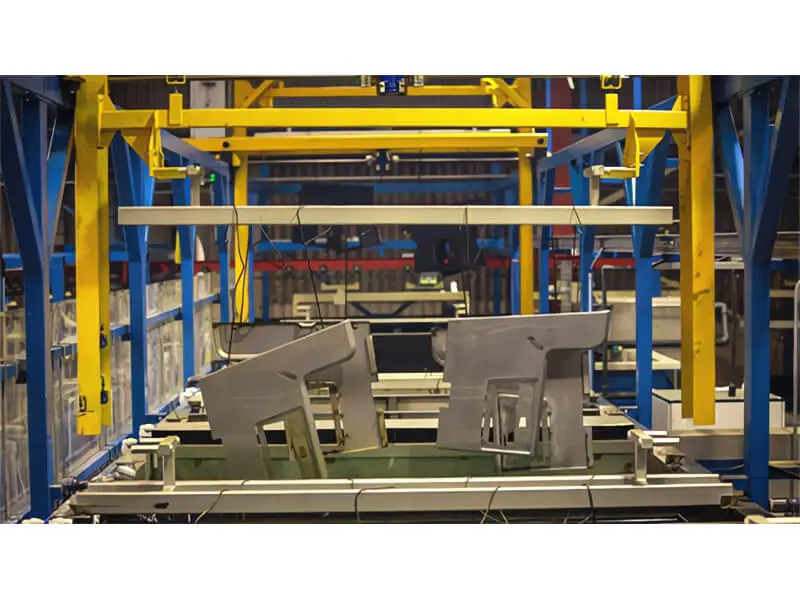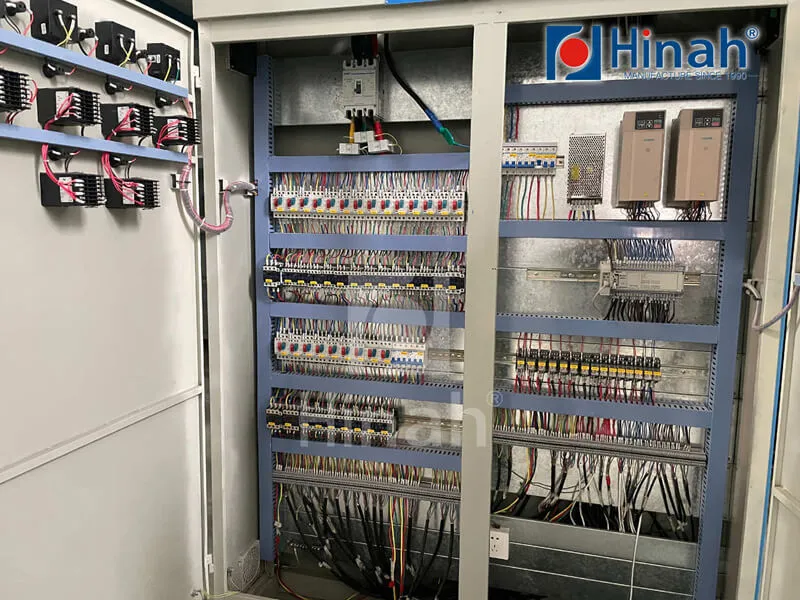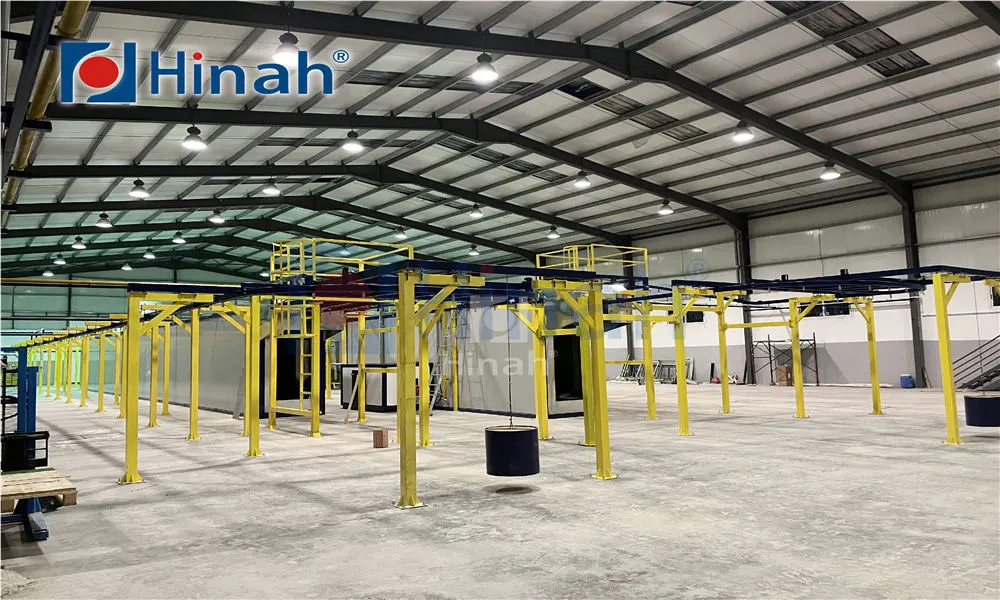In the world of manufacturing, first impressions are often coated in paint. The final finish of a product is not merely about aesthetics; it's a direct reflection of quality, durability, and brand value. At the heart of achieving this flawless finish lies a technological marvel: the paint line system. This integrated network of processes and machinery is far more than a simple painting station; it is the backbone of surface finishing for industries ranging from automotive and aerospace to furniture and consumer goods. A sophisticated paint line system ensures consistency, maximizes efficiency, and minimizes waste, making it a critical investment for any serious manufacturer. This article delves into seven key aspects that demonstrate how a modern paint line system fundamentally transforms production floors, driving operational excellence from the ground up.
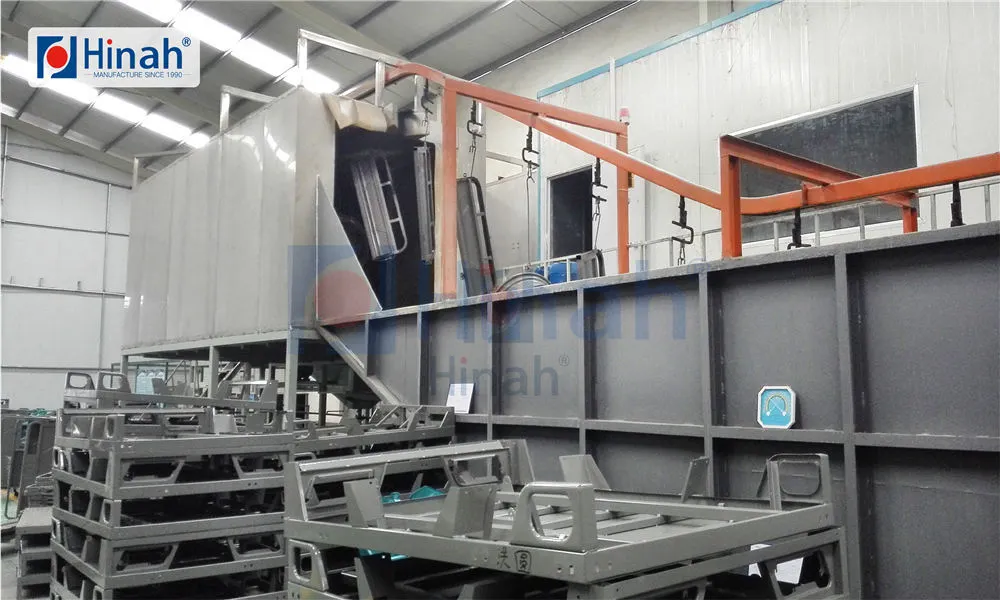
The Core Components of a Paint Line System
A paint line system is not a single machine but a meticulously sequenced series of stages. Understanding its components is the first step to appreciating its complexity.
Pre-Treatment Stage: This is the crucial preparation phase. Parts are cleaned, degreased, and chemically treated to remove contaminants like oil, dirt, and rust. This often involves a series of spray or immersion tanks containing cleaners, conditioners, and conversion coatings like phosphate or zirconium. A proper pre-treatment is non-negotiable; it ensures paint adhesion and dramatically enhances corrosion resistance.
Drying Ovens: After pre-treatment, parts must be thoroughly dried before any paint is applied. Drying ovens, typically using convection heat, remove all moisture to prevent defects like blistering or bubbling in the final coat.
Application Booths: This is where the color is applied. Modern systems utilize advanced application technologies:
Electrocoating (E-Coat): Parts are immersed in a paint tank and an electrical charge is applied, causing the paint to form a uniform, protective film over every surface, even in recessed areas.
Spray Booths: These enclosed spaces house automated or manual spray applications. Technologies like High-Volume, Low-Pressure (HVLP) guns, airless spray, and electrostatic spray are used to achieve a high-quality finish while improving transfer efficiency.
Curing Ovens: Once applied, the paint must be cured. Curing ovens use controlled heat to cross-link the paint polymers, creating a hard, durable, and chemically resistant finish. The temperature and time are precisely calibrated to the specific paint chemistry.
How Automation Elevates the Paint Line System
Automation is the defining feature of a modern paint line system. It replaces human variability with robotic precision and relentless efficiency.
Robotic Arms: Programmable 6-axis robots are used for spray painting, ensuring every part receives an identical coating. They follow complex paths with millimeter accuracy, applying the exact same amount of paint to the same locations on every single part.
Conveyor Systems: The entire paint line system is tied together by an intelligent conveyor system. Whether overhead, monorail, or floor-based, this system transports parts through each stage at a precise, predetermined speed, creating a seamless flow.
Process Control: Automated controllers manage oven temperatures, chemical concentrations in pre-treatment tanks, and humidity levels in spray booths. This data-driven approach guarantees that every environmental parameter is optimized for the best possible outcome.
Achieving Unmatched Quality and Consistency
The primary goal of any paint line system is to produce a finish that is both beautiful and robust. Automation and control directly translate to superior quality.
Elimination of Human Error: Manual painting is susceptible to inconsistencies—overspray, dry spots, and uneven film build. An automated paint line system eradicates these issues, delivering a uniform finish across high-volume production runs.
Superior Film Build and Coverage: Technologies like E-coat and electrostatic spray ensure paint is drawn to every surface, including edges and complex geometries, providing complete coverage that is difficult to achieve by hand.
Enhanced Durability: The controlled curing process ensures the paint fully cross-links, resulting in a finish that is highly resistant to chipping, scratching, UV radiation, and harsh chemicals.
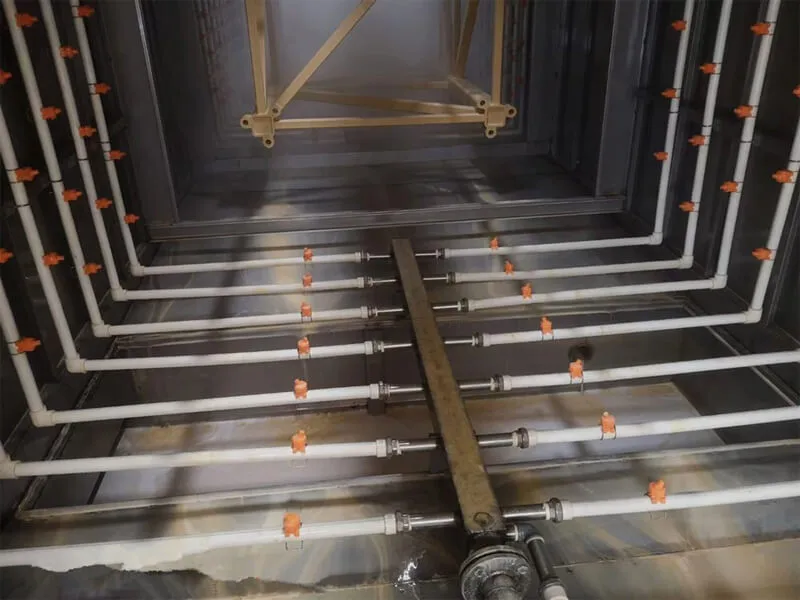
The Critical Role of a Paint Line System in Sustainability
Modern manufacturing demands environmental responsibility. A well-designed paint line system is a powerful tool for achieving sustainability goals.
Reduced Material Waste: Electrostatic application and automated spray guns significantly increase transfer efficiency, meaning more paint lands on the part and less is wasted as overspray. This can reduce paint consumption by 30-50% compared to conventional methods.
Volatile Organic Compound (VOC) Abatement: Advanced paint line system designs incorporate integrated emission control systems, such as Regenerative Thermal Oxidizers (RTOs), which destroy VOCs before they are released into the atmosphere.
Water and Energy Efficiency: Closed-loop systems can recycle water used in the pre-treatment stage. Furthermore, modern ovens are better insulated and use heat recovery systems to lower overall energy consumption.
Calculating the Return on Investment (ROI)
Implementing a sophisticated paint line system is a significant capital expenditure, but its ROI is compelling.
Increased Throughput: Automation allows the line to operate continuously at high speed, dramatically increasing the number of parts finished per shift.
Lower Labor Costs: While skilled technicians are still needed for supervision and maintenance, the system drastically reduces the number of manual painters required.
Reduced Rework and Scrap: A consistent, high-first-pass-yield process means far fewer parts need to be stripped and repainted, saving on labor, materials, and disposal costs.
Long-Term Product Value: A durable, high-quality finish extends the product's lifecycle, enhancing brand reputation and reducing warranty claims.
Essential Maintenance and Safety Protocols
To maintain peak performance, a paint line system requires a disciplined approach to maintenance and safety.
Preventive Maintenance: Regular inspection and servicing of robots, conveyor chains, pumps, filters, and oven burners are essential to prevent unplanned downtime.
Booth and Oven Cleaning: Spray booth filters and walls must be cleaned regularly to prevent contamination. Ovens need periodic cleaning to remove paint overspray and prevent fire hazards.
Safety Systems: A comprehensive paint line system includes fire suppression systems, adequate ventilation, gas detection monitors, and emergency stop buttons throughout the line to protect both personnel and equipment.
Future-Proofing with Smart Paint Line Technology
The future of the paint line system is digital and connected, embracing the principles of Industry 4.0.
IoT Sensors: Sensors monitor equipment health, paint viscosity, and environmental conditions in real-time, feeding data to a central platform.
Predictive Analytics: AI and machine learning algorithms analyze sensor data to predict maintenance needs before a failure occurs, shifting from preventive to predictive maintenance.
Digital Twins: Manufacturers can create a virtual replica of their paint line system to simulate processes, test new parameters, and optimize performance without disrupting live production.
Frequently Asked Questions (FAQs)
Q1: What is the typical lifespan of an industrial paint line system?
A1: With proper maintenance and occasional upgrades, a well-built industrial paint line system can have a functional lifespan of 20 to 30 years. Key components like robots and control systems may be updated more frequently to keep pace with technological advancements.
Q2: How much floor space is required to install a new paint line system?
A2: Space requirements vary enormously based on the size of the parts being painted and the desired throughput. A simple system might fit in a few hundred square meters, while a large, multi-stage system for automotive bodies can require a facility spanning thousands of square meters. A detailed feasibility study is necessary to determine exact space needs.
Q3: Can a paint line system handle different colors and product types?
A3: Yes, modern systems are designed for flexibility. Color changes are managed through automated paint purging systems in the application booths. The paint line system can be programmed with different recipes for various part types, adjusting robot paths, conveyor speeds, and oven temperatures accordingly.
Q4: What are the biggest operational challenges with running a paint line system?
A4: Common challenges include maintaining consistent chemical balances in the pre-treatment stage, managing filter changes in spray booths to prevent contamination, preventing conveyor system jams, and controlling energy consumption of the curing ovens.
Q5: Is it possible to retrofit an existing paint line system with new automation?
A5: Absolutely. Retrofitting is a common and cost-effective strategy. Older manual spray booths can often be upgraded with robotic painters, and legacy control systems can be replaced with modern PLCs and IoT-enabled sensors to enhance the capabilities of an existing paint line system without a complete rebuild.


